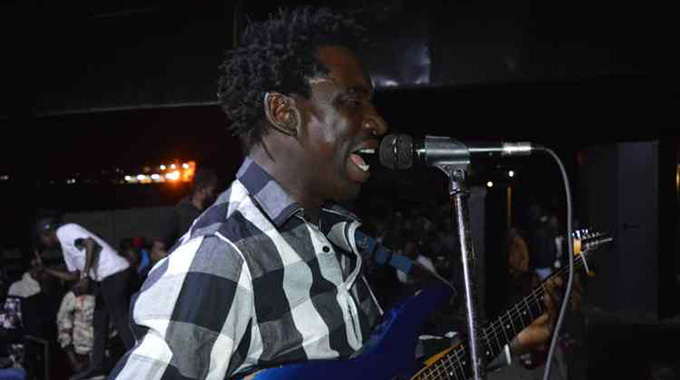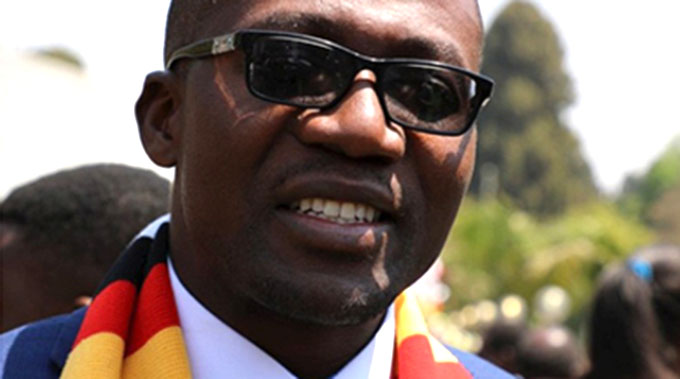Three shortlisted for Batoka project

Golden Sibanda Senior Business Reporter
The Zambezi River Authority (ZRA) has shortlisted three companies — from the US, China and Italy — for the contract to undertake construction of the Batoka Gorge hydropower project on the Zambezi River. The ZRA is a statutory body of Zimbabwe and Zambia, which manages the affairs of the Zambezi River, on which the Batoka Gorge hydro scheme will be constructed and all water bodies situated on the 2 700 kilometre long river.
The river also feeds the world’s largest man-made water reservoir, the Kariba Dam, which powers two hydro schemes on either side of the river and operated by the two neighbouring countries, Zimbabwe and Zambia.
Zimbabwe and Zambia are experiencing acute shortage of power after ZRA cut generation at Kariba Dam, which supplied the bulk of their power requirements, to avoid depleting the dam on the back of low inflows and receding water levels after a poor rainy season in its catchment area.
China’s state owned construction engineering giant, China Three Gorges Corporation, which built the world’s largest hydroelectric power station (22 500 megawatts) Three Gorges Dam in China, is among three global firms vying for the right to build the Batoka hydropower project.
Three Gorges operates and develops massive hydroelectric projects on China’s might Yangtze River, Xiangjiaba Dam, Xiluodu Dam (third world largest hydroelectric power plant), Baihetan Dam and Wudongde Dam.
Also among the shortlisted bidders is another Chinese entity and Sino Hydro’s sister company, Power China, which has partnered US firm General Electric unit (GE Hydro China) in joint bid to secure rights to build Batoka.
Power China controls 65 percent of the market share of large and medium-scale construction of hydropower projects in the Asian economic giant.
It has done work in more than 72 countries, with total contract value of nearly US$43 billion. Sino Hydro undertook construction of the 300MW extension of Kariba South hydro power plant.
The third shortlisted bid was by Italy’s Salini Impreglio, which just like Sino Hydro, has a huge footprint in Zimbabwe following its successful completion of the giant Tokwe Mukosi Dam in Masvingo Province.
The Italian firm is also the one that built Kariba Dam and the six original turbine-generators, which was built in the 1950s, before constructing Tokwe Mukosi Dam, completed in 2017 and is now ready to irrigate more than 25 000 hectares of land in the semi-arid province.
GE Hydro designs and manufactures hydropower generation equipment. It offers products including turbines and generators. It is a unit of large American electrical engineering giant, General Electric.
ZRA chief executive officer (CEO) Munyaradzi Munodawafa said they had shortlisted three
bidders for contract to construct Batoka under a build, operate and transfer (BOT) model, which will deliver 2 400MW.
“We have already shortlisted three bidders for the BOT. These three bidders we are talking of are Italian company, Salini and two groups; a joint venture of some Chinese companies being led by Three Gorges and then we have Power China, who have gone into a consortium with an American company (GE Hydro China),” Mr Munodawafa said.
The ZRA CEO said they were currently working to make sure the authority issues out a request for proposals (RFP), with the documentation for the RFPs already completed.
“If all goes well, by September we should have a developer for the Batoka. So, for Batoka, we are talking of a 2 400MW plant; 1 200MW on both sides of the river. We are just waiting for the developer, when we appoint we will then go to the next stage of construction,” he said.
Thus far, Mr Munodawafa said they were almost concluding the engineering feasibility study while the environmental impact assessment study had been finalised. Discussions with the environmental impact agencies of Zimbabwe and Zambia have been completed.
Mr Munodawafa said recently that the environmental impact assessment study document would be ready for disclosure to the public within the next two weeks.
“In terms of the engineering feasibility study, we are almost at a conclusion but the problem we have now is that the consultant who was working was looking at a different model, which now as it is, is BOT.
“The intention, if all goes well is for us to conclude the engineering feasibility studies by end of this month and maybe beginning of June, but the major impediment for us is funding,” Mr Munodawafa said.
He said the authority was facing financial limitations to finance certain activities related to the development of the hydropower station, which would add more hydro capacity for Zimbabwe and Zambia, which share use of the middle Zambezi River.
The two countries already share water from the Zambezi river, through Kariba Dam, where both have hydropower stations on either side of the giant water reservoir’s dam wall.
Batoka hydro scheme will have little storage so will have to be operated in very close co-ordination with the Kariba stations.
When the Zambezi is in flood, Batoka needs to go flat out with the Kariba stations on low output as the large lake fills and then when the Zambezi is at low water, and Batoka output is down, the Kariba stations will use the stored water to go flat out.











Comments